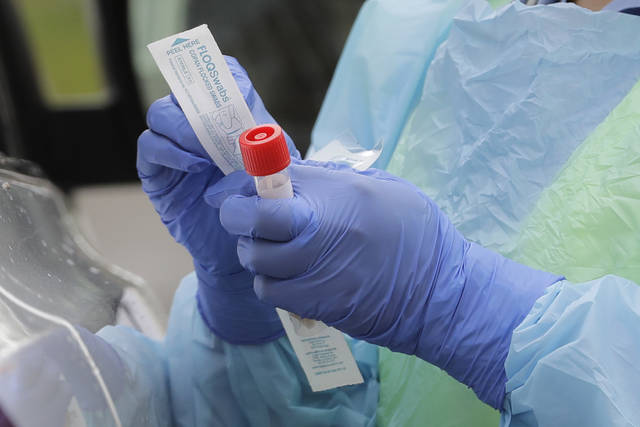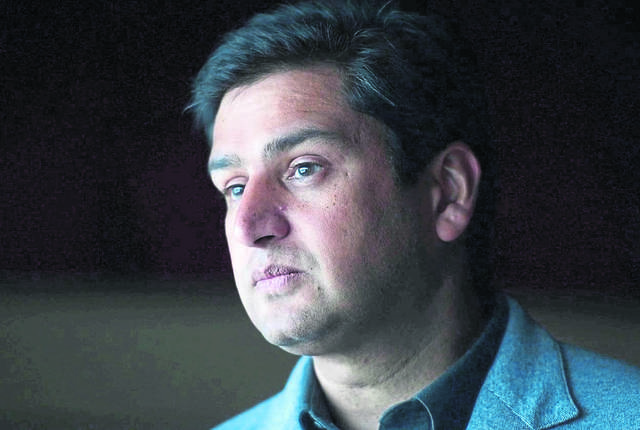The next big coronavirus challenge: 5 important things to know right now
Have covid-19 cases peaked in Western Pennsylvania? When can we all get back to regular life?
There are no definitive answers, but the Tribune-Review reached out to an infectious disease expert to help try to make sense of these questions and others.
Pittsburgh-based Dr. Amesh Adalja, a fellow of the Infectious Diseases Society of America, has been answering our questions throughout the crisis. He takes on some of the pressing issues developing this week.
Tribune-Review: Allegheny County reported 17 new covid-19 cases Tuesday. Should we be encouraged here by the lower number?
Dr. Adalja: I think it’s more important to look at the number of tests administered that are positive to be able to gauge what is going on. If there is a high percentage of positive tests, that reflects a larger size outbreak. If only a small percentage is positive, that is reassuring. It appears that the positivity rate is hovering around 10%, which I do think argues that we do not have a major problem in Western Pennsylvania at this time.
Trib: We’ve heard a lot about warmer weather possibly slowing down covid-19 as summer approaches. Is there any truth to this concept?
Dr. Adalja: Other coronaviruses do decrease their transmission when it comes to spring and summer. It will be true that the virus will find itself in environmental conditions that are less conducive to its viability on surfaces when it becomes hot, humid, and sunny. This coronavirus doesn’t have that same problem as others with population immunity. There are people who are susceptible to it and not immune to it. We may see some changes in how common it is during the summer months. But I do not believe there will be a full suppression.
Trib: Are you concerned about people trying to rush back to normal life sooner than they should?
Dr. Adalja: I do believe that social distancing of varying degrees is going to be required until there is a vaccine. It will be especially important for those at high risk of complications to continue to social distance even as things start to loosen.
Trib: How has Pennsylvania handled the pandemic when it comes to social distancing and shutdowns?
Dr. Adalja: In general, there was a need for social distancing and modifications of daily life. However, I am concerned that Pennsylvania’s approach excluded some businesses without good data that they were a risk — such as construction.
I also am not convinced that closing schools was a completely data-driven process. There is no strong data to support this action with influenza, let alone coronavirus. What data does exist suggests a very marginal benefit with a large societal cost.
Trib: What is our next biggest challenge associated with covid-19, locally and nationally?
Dr. Adalja: The next biggest challenge is to decide how to loosen the economic shutdowns while at the same time being able to cope with the rising cases that are inevitable.
The key overriding factor will be to preserve hospital capacity while allowing economic activity to return.
This will not be a one-size-fits-all approach, and will require regionalization of measures. Even within a single state, you may find different transmission dynamics and hospital capacity in different areas, which would require a more nuanced approach than blanket orders.
Remove the ads from your TribLIVE reading experience but still support the journalists who create the content with TribLIVE Ad-Free.


